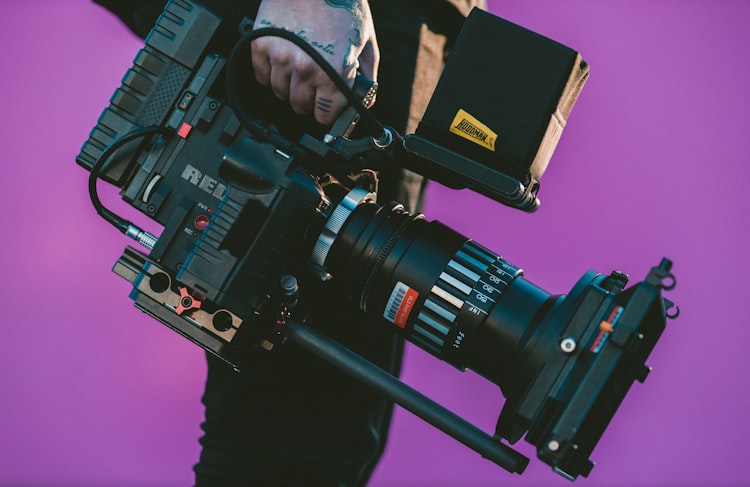1955 Goblin Teasmade D25

Production of the D25 began in 1955 and ended in 1960, when it was replaced by the D25b. Its Odeon styling was based on the D21 which it replaced. The main body of the teasmade was made from cream urea plastic (bakelite), with a matching cream tray. There was an orangey red Goblin figure on the front, and the alarm was now set on the top of the body.
It had a circular clock face with a green on cream chapter ring and pale green luminous hands. It had side lamps with translucent ribbed acrylic lamp covers and a square ceramic teapot similar to that on the D21. It had a cast aluminium platform, hinged on the left. The square chrome kettle is on the right and has shaped screw-on feet. The teasamde has a single external earth on a flat 2 pin socket/plug. Earlier models have a welded transfer tube.
The D25 lid is deeper than the earlier D21 lid, and the handle is no longer secured to the kettle by rivets top and bottom. Instead, the D25 handle is riveted to a strip which is brazed to the kettle corner. There is no longer a central seam between the top and bottom of the kettle.
The following operational description is adapted from text by Steve Thackery at his Horology website, copyright 28th November 1999, now offline.
Water heats up at pre-set time and decants into teapot when boiling, tipping kettle/teapot plinth and activating alarm. The clock movement uses a perfectly standard synchronous mains motor, albeit of the later self-starting type. The alarm contacts are larger than usual, and operate ten to fifteen minutes before the time shown on the indicator hand. When this clock was made, electric elements with built-in thermostats weren’t available, so to detect whether the element is safely covered with water a quite different method is used. The kettle stands on a sprung platform. When the kettle has water in it, its weight presses the platform down and operates a pair of electrical contacts which allow current to be passed to the element.
Before you retire at night, you fill the kettle and put a couple of tea bags in the tea pot. In the morning, the alarm contacts close and the kettle element heats the water. After ten minutes or so it comes to the boil, and the steam pressure forces the boiling water along the chrome tube you can see at the top, into the tea pot. After a few seconds the kettle empties, the platform it stands on rises and cuts off the current to the element. These contacts also switch on the audible alarm and the lights (behind the corrugated corner pieces) to awaken you. In reality, of course, your slumbers were disturbed several minutes previously by all the boiling and hissing sounds! Of course, you may have been awake all night anyway. The ratchet device on the end of the motor (part of the self-starting system) makes a continuous swish, swish, swish sound which some people just can’t sleep through…
This model is marked with patent number 571,849. The box shown does not belong to this particular teasmade, but another D25. The advert marked Lawrence Calalogue is the 1958 edition of the Lawrence Brothers Ltd Fancy Goods catalogue. The other advert shows what appears to be an early D25 in production for Christmas 1955.
This teasmade was also made in a 110v version for the US market.
See also Operating Instructions for D20, D21 and D25.





















Member discussion